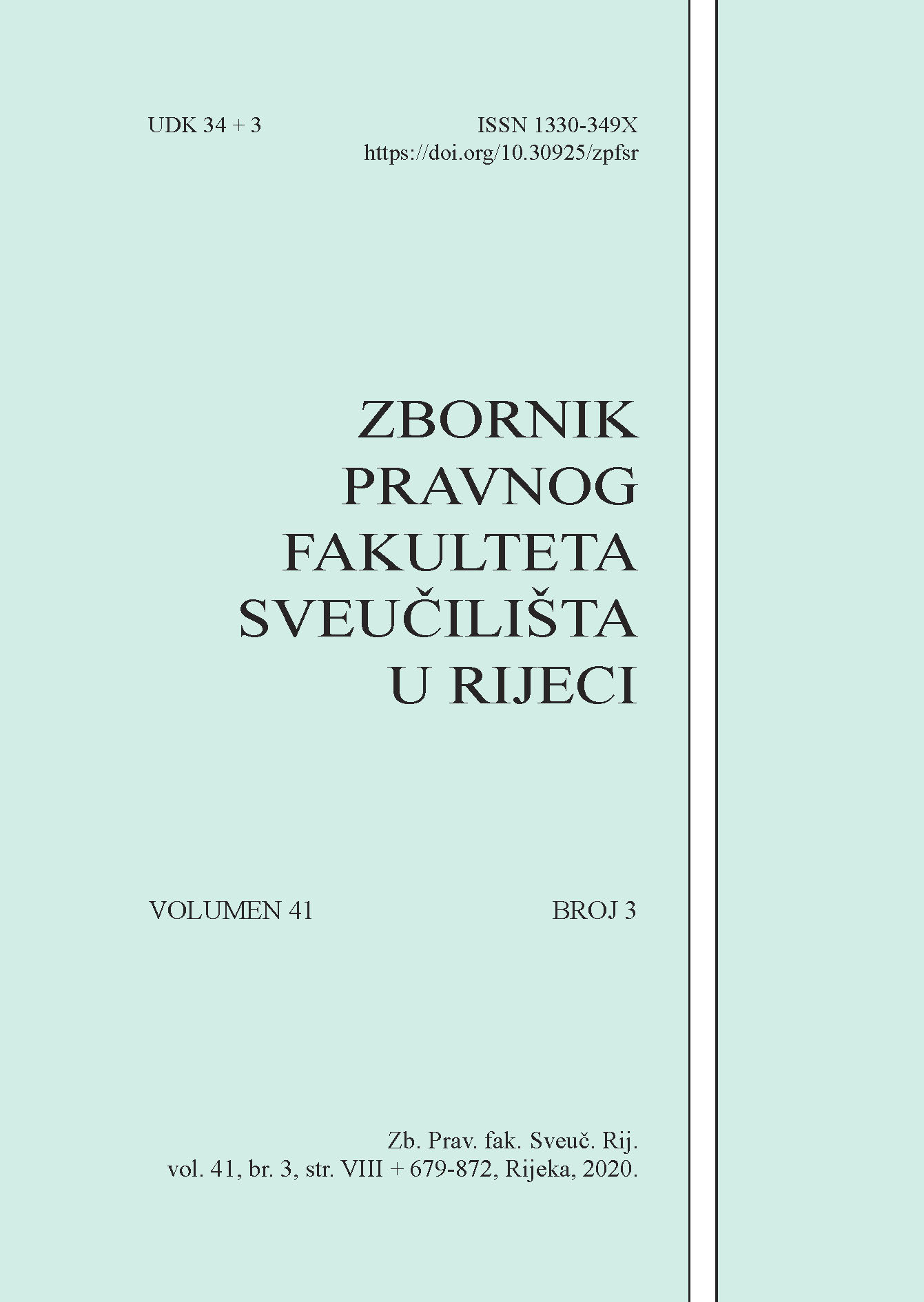AGE LIMITS OF JUVENILE CRIMINAL RESPONSIBILITY IN COMPARATIVE LAW
Abstract
This paper presents a comparative legal overview of the juvenile age of criminal responsibility as an age framework in which young people enjoy a special (privileged) criminal status due to their immaturity. When it comes to the lower limit as minimum age of criminal responsibility, comparative legal solutions are different and they range from six or seven years in some countries, up to eighteen years in other. In most European countries, the age limit is set at the age of 14, which is the minimum age of criminal capacity proposed by UN Committee on the Rights of the Child. In comparative law the significance of the age limit is relativized by prescribing two or more such age limits (depending on the gravity of the crime or due to the application of the doli capax doctrine), as well as other legal solutions. On the other hand, in most countries, juvenile criminal responsibility lasts until the age of eighteen, although in some states in the United States and some other non-European countries it ends earlier. The importance of the age limit in some legislations is relativized by the possibilities of applying juvenile criminal law to young adults, but also through the possibility of referring minors to the criminal courts of general jurisdiction (“adult courts”) even before the age of criminal majority. In the paper was analyzed international legal standards related to these issues, as well as legislative solutions in the countries of the region. In conclusion it was stated that the legal solutions contained in juvenile criminal legislation of the countries of the former SFR Yugoslavia are harmonized with international standards in this area.
Additional Files
Published
Versions
- 2023-12-20 (2)
- 2021-02-02 (1)
How to Cite
Issue
Section
License
Copyright (c) 2021 Collected Papers of the Law Faculty of the University of Rijeka

This work is licensed under a Creative Commons Attribution-NonCommercial 4.0 International License.
Collected Papers is an open access journal. Journal does not charge article processing charges (APC) to authors. It is licensed under CC BY-NC licence 4.0.
Collected Papers of the Law Faculty of the University of Rijeka" is an Open Access journal. Users are allowed to read, download, copy, redistribute, print, search and link to material, and alter, transform, or build upon the material, or use them for any other lawful purpose as long as they attribute the source in an appropriate manner according to the CC BY licence.
The papers published in "Collected Papers of the Law Faculty of the University of Rijeka" can be deposited and self-archived in the institutional and thematic repositories providing the link to the journal's web pages and HRČAK.
Upon acceptance of the manuscript for publication by this journal, the author can publish same manuscript in other journals only with the permission of the Editorial Board (secondary publication). A repeated publication should contain a notice as to where the manuscript was originally published.



